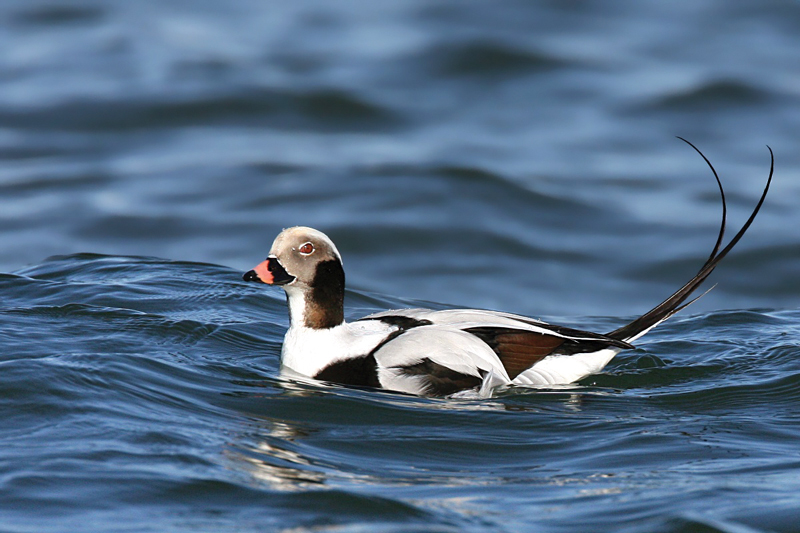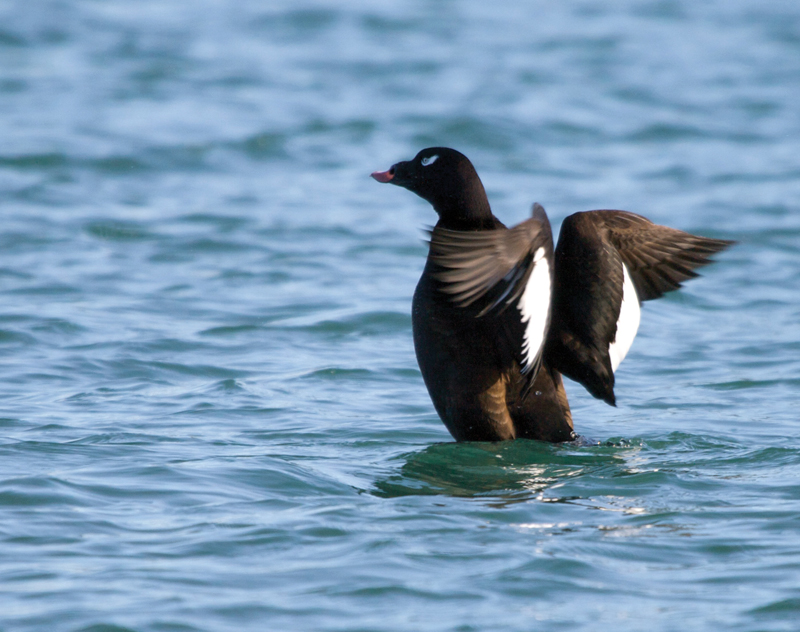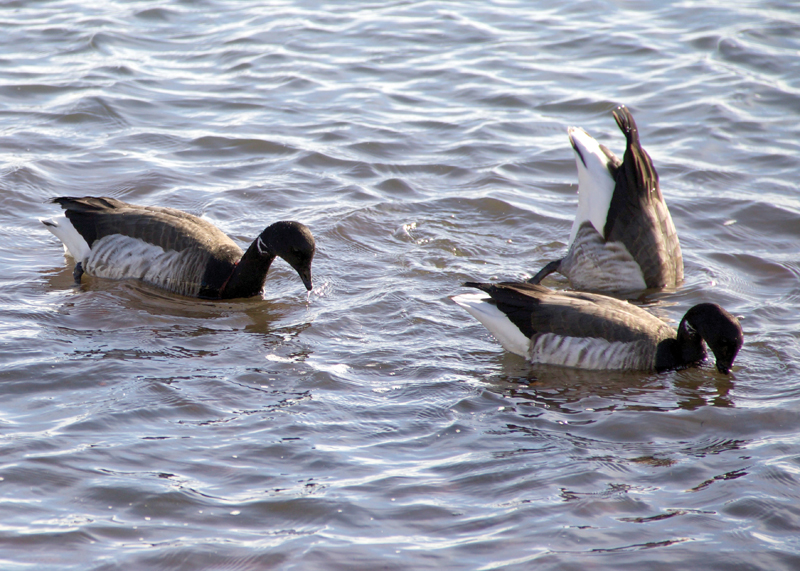A marker of seasonal change on the Chesapeake Bay
My daily walk in Down’s Park in Anne Arundel County leads me through hardwood forest to a quarter-mile stretch along the open waters of the Chesapeake Bay. A look to the south reveals both spans of the Bay Bridge in the distance, and to the east is Eastern Neck Wildlife Refuge and the mouth of the Chester River. When the first raft of diving ducks appears, it feels like a marker of seasonal change. In early November the Chesapeake welcomes the diving sea ducks and dabbling geese to their winter grounds.

Most sailors would consider the frigid winter Chesapeake unfriendly and prefer to imagine voyaging south to tropical climes along with many bird species. These hardy waterfowl, however, come for the relatively shallow and ice-free water and, of course, for the food. It isn’t just humans who appreciate the Bay’s crustaceans and mollusks!
While some diving ducks can dive as deep as 150 feet, the shoal waters of the Bay provide abundant shellfish without the immense consumption of energy needed for deep dives. Diving ducks have evolved a series of body characteristics that allow them to thrive as expert swimmers. With streamlined bodies and legs located far to the back of their torsos, they are powerful swimmers (and terrible walkers). The White Winged Scoter and the Long Tailed Duck can also use their wings for propulsion and steerage. Feathers are waterproof and thick for warmth, and their beaks are short and powerful enough to open crustaceans. Scoters can swallow shellfish whole and use their gizzards for digestion.

Long tailed ducks migrate from Greenland, Canada’s Arctic, or the Alaskan Tundra. These compact ducks have been declining in numbers due to a variety of pressures on their summer and winter habitat and food sources. The drake sports the characteristic long central tail feathers. Epic divers, the Long Tailed Ducks can dive to 200 feet and spend more time under the water than above when feeding.
White Winged Scoters (one of three Scoter species found on the Bay in winter) migrate from Western Canada and parts of Alaska. Thirty percent of the population winters on the Chesapeake. They come for the clams. Significantly bigger than Long Tailed Ducks, White Winged Scoters have a significant bump above their beaks that makes them quite distinctive. Only Eider Ducks (of down fame) are more able to withstand the cold.

Brant’s Geese migrate from the high arctic and are dabblers (bottom’s up, heads down) feeding on submerged aquatic vegetation in and around the Chesapeake’s marshes. They migrate with their young and remain in family groups within the larger flock. Brant’s Geese are similar in appearance to the Canada Goose but have shorter necks and stouter bodies and some white feathers along their neck. Severe winters force Brant’s Geese into fields to forage, while the diving ducks can usually access ice free zones in the Bay.
I am grateful for winter walks that allow me to experience the Chesapeake in the non-sailing season. It is somehow warming to imagine that this is the equivalent of the tropical south for these winter visitors.
by Pamela Tenner Kellet




